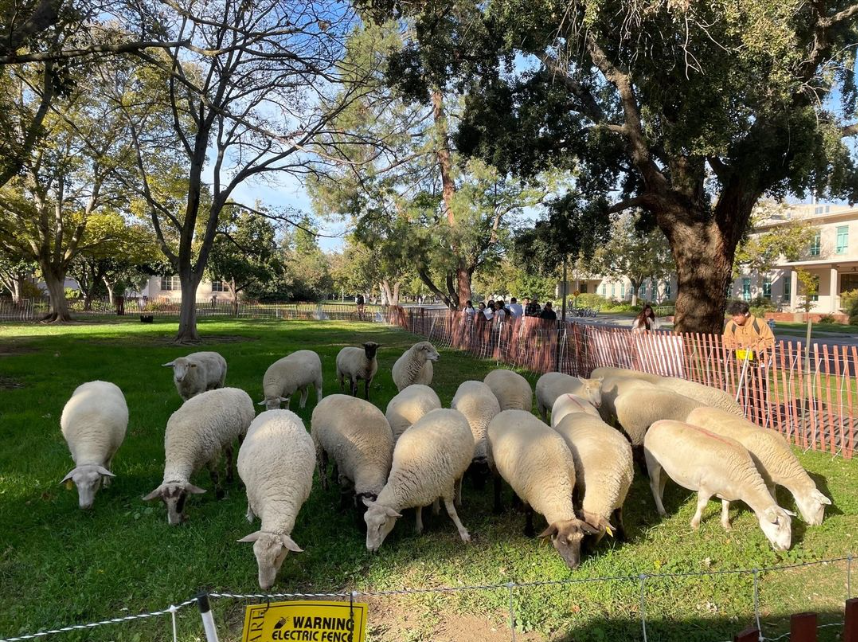Similarly to alt text, image descriptions describe what is happening in the image but are written in the post caption, not embedded into the post. Image descriptions should describe the image in greater detail and be placed after the post copy.
What to consider when writing image descriptions:
- Add image descriptions after the post copy.
- Utilize alt text best practices above and then add more details.
- Describe the object, action, and context of the image. Lead with the main subject of the image, describe what actions are happening, and then explain the setting and background.
- If there is an opportunity to further educate the audience about the image, this is the place to do so.
Why do we need both alt text and image descriptions?
Everyone consumes social media differently. By providing both alt text and image descriptions, we ensure that any user can understand visual content regardless of what assistive technologies they may use. Alt text should give the user crucial information, while image descriptions should provide more detail and context.
Image description examples:

Good image description example:
On a blue-sky fall day, a flock of light-colored sheep is eating grass in front of UC Davis’ Wickson Hall. The grazing sheep are fenced in and observed by a few UC Davis community members.
Bad image description example:
Sheep eating grass.
Why this is accessible:
- Describes the image in detail, including the subject, background, location, and activity
- Includes context of the subject’s activity
- Does not include non-essential details
Why this is inaccessible:
- Does not provide any more information or detail than alt text would